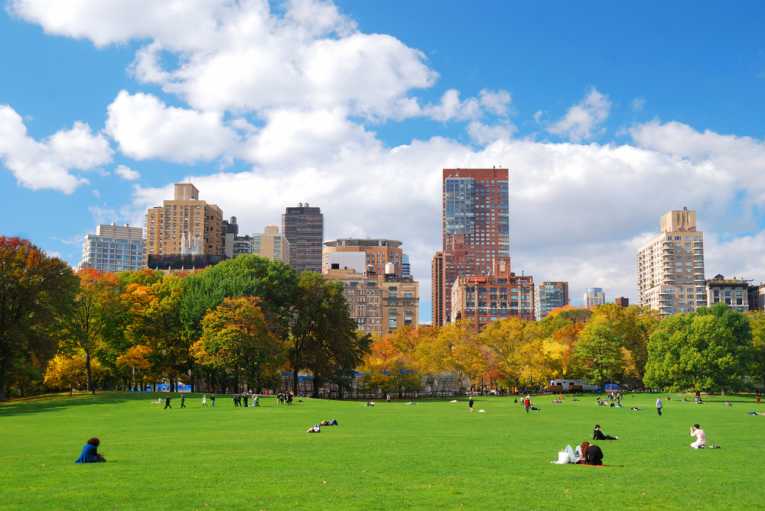The EPA and Congress fought bitterly in 2011 to ensure the government did/did not pass carbon permitting policy. Cities throughout the US have thwarted congress in many cases by enacting their own initiatives, but business and the public still view the enactment of climate change legalities as a distant ideological objective. Elsewhere the growth of international technologies in Europe and China (China allocated $30 billion to the top five solar energy companies in 2010) particularly, grew by 50% per annum a few years ago, before the recession cut back some of the growth.
As the front line, therefore, cities such as New York, with high energy use within buildings have created PlaNYC. This 2007 sustainability strategy covers legislation over 45% of the city's greenhouse emissions, in just 22,000 buildings. Lack of Democrat or Republican stances on the initiative helped the city to progress. Some cities are utilising solar panels with the help of low-cost Chinese imports. Hence the proportion of GNP (gross domestic product) spent on energy can be greatly reduced. As President Obama joined the Copenhagen negotiation table in 2009, interest grew but waned with later conferences. Perhaps the national standoff situation prevents meaningful international discussion.
The cities with climate action firmly on their agenda don't always list local impact and put forward local solutions (only 25% do this). Half of cities do have an "adaptation plan," which is one step ahead of simple admission of the problems. The good news (yes, there is some) is that millions of people representing 18% of GNP and 10% of US carbon emissions have undertaken thousands of real activities designed to bring down emissions. The Clinton Climate Initiative and cities in the C40 Group now keep watch on emissions and the results of emission reduction.

These smokestacks are part of the Navajo generating plant, Arizona via Shutterstock
Motor vehicles emissions of greenhouse gases came to the fore in 1999, but the Environmental Protection agency rejected 19 organisations' petitions for regulate In 2007, the tide turned and now the EPA is required to act. In 2009, the EPA finally caught up with many international regulations, laying down 35.5 mpg fuel economy by 2016 and also starting to regulate coal fired power plants and also larger trucks. The impedance of the EPA by states, Congress and the Chamber of Commerce is now failing, with some hope that "catch-up" is possible! In 2011, however, the EPA had still not exerted its authority on power plants after two delays.
The outlook then is literally black, as we struggle to leave factions who prevent agreed progress behind. With countries in recession, the international outlook is relatively rosy, but limited. It's up to the US to do its best to move with the times, even though other nations remain ahead and in profit with their new technologies.
The United States has solar technology to challenge others and will soon develop more low-cost alternatives as the global market encourages the growth we all need. With a cap-and-trade carbon emissions permitting system in place in the future, it should be at the forefront of clean technology development, be it from Berkeley or from Boston.
This article is an overview of the U.S stance on climate change throughout 2011 based on a paper published in the Bulletin of the Atomic Scientists: 'Climate change 2011: A status report on US policy'.










